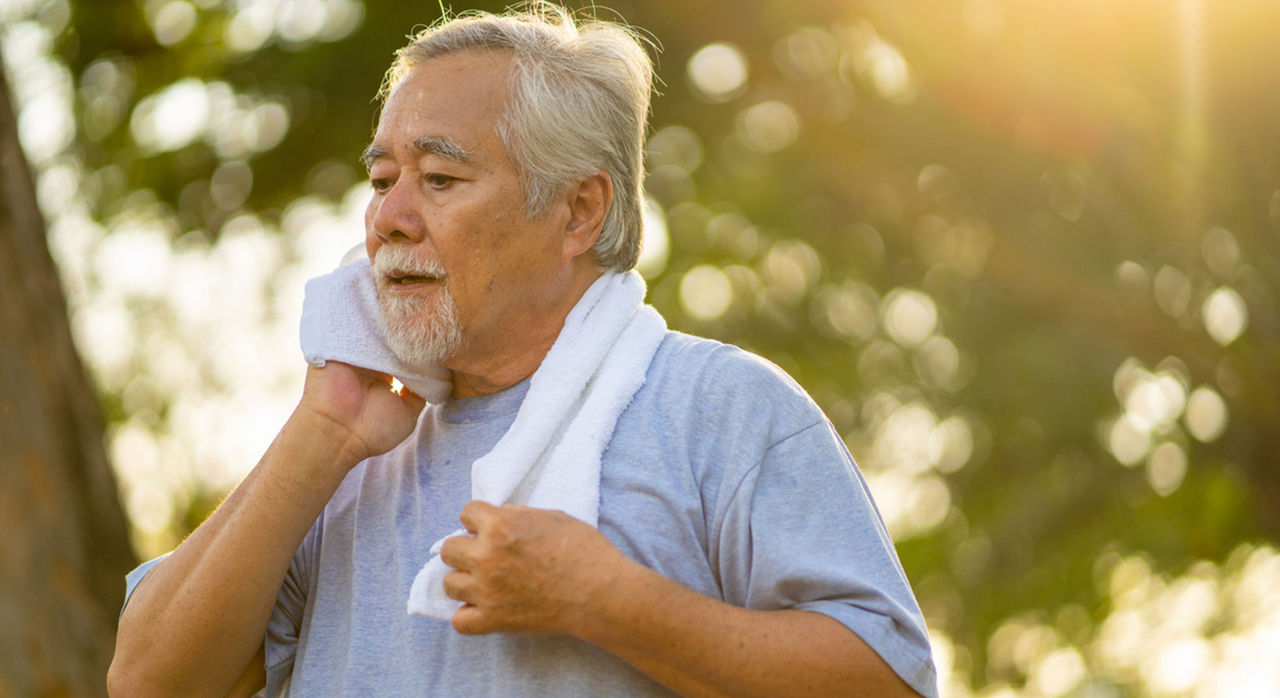-
- Find Care
-
- Visitor Information
- Find a Location
- Shuttles
- Visitor Policies
-
-
- Our Virtual Care Options
- Virtual Urgent Care
- Virtual Visits for Primary & Specialty Care
- Online Second Opinions
- Participate in Research
-
- Contact us
-
- For Innovators
- Commercialization Guide for Innovators
-
-
- Research News
- Alzheimer's Disease
- Artificial Intelligence
-
- Overview
-
- Overview
- Getting Started
- New to Mass General Brigham
- International Patient Services
- What Is Patient Gateway?
- Planning Your Visit
- Find a Doctor (opens link in new tab)
- Appointments
- Patient Resources
- Health & Wellness
- Flu, COVID-19, & RSV
- Billing & Insurance
- Financial Assistance
- Medicare and MassHealth ACOs
- Participate in Research
- Educational Resources
- Visitor Information
- Find a Location
- Shuttles
- Visitor Policies
- Find Care
-
- Overview
- Our Virtual Care Options
- Virtual Urgent Care
- Virtual Visits for Primary & Specialty Care
- Online Second Opinions
-
- Overview
- Participate in Research
-
- Overview
- About Innovation
- About
- Team
- News
- For Industry
- Venture Capital and Investments
- World Medical Innovation Forum (opens link in new tab)
- Featured Licensing Opportunities
- For Innovators
- Commercialization Guide for Innovators
- Contact us
-
- Overview
- Information for Researchers
- Compliance Office
- Research Cores
- Clinical Trials
- Advisory Services
- Featured Research
- Two Centuries of Breakthroughs
- Advances in Motion (opens link in new tab)
- Brigham on a Mission (opens link in new tab)
- Gene and Cell Therapy Institute
- Research News
- Alzheimer's Disease
- Artificial Intelligence
-
- Overview
-
- Overview
- Residency & fellowship programs
- Brigham and Women's Hospital
- Massachusetts General Hospital
- Mass Eye and Ear
- Newton-Wellesley Hospital
- Salem Hospital
- Integrated Mass General Brigham Programs
- Centers of Expertise
- Global & Community Health
- Health Policy & Management
- Healthcare Quality & Patient Safey
- Medical Education
- For trainees
- Prospective trainees
- Incoming trainees
- Current trainees
- Continuing Professional Development
Heat-Related Illness: Signs, Symptoms, and Prevention

Enjoying a sunny day outside is one of the best parts of summer, but all that heat can get dangerous quickly.
Heat stress, where the body can’t lower its temperature due to extreme heat, is the leading cause of all weather-related deaths, according to the World Health Organization. As heat waves become more frequent each year, it’s now more important than ever to know the signs and understand how to prevent heat-related illness.
“In the emergency department, when the temperature rises, we see increases in both people experiencing heat-related illness as well as people with worsening of their chronic illnesses,” says Paul Biddinger, MD, chief preparedness and continuity officer at Mass General Brigham. “People at especially increased risk of illness include those with chronic medical conditions, like heart disease, that are made worse by the heat, older adults, young children, and some people living in underserved communities.”
Dr. Biddinger, as part of a collaboration between Mass General Brigham and IBM, is developing an AI tool to help health care systems and community health centers combat the effects of extreme heat. The tool will help identify patients most at risk of heat-related illness, as well as predict extreme heat events and distribute reliable warnings to the communities.
“We want to help prepare communities and make sure that the people most vulnerable to extreme heat have the resources they need to stay safe,” says Dr. Biddinger.
In this article, he shares more about the project and explains the signs of different heat-related illnesses, who’s most at risk, and tips to stay cool.
Types of heat-related illness
There are 4 main types of heat-related illness:
Heat rash occurs when excessive sweating in hot, humid weather irritates your skin. The rash may look like a bunch of red pimples or small blisters on your skin. You can prevent heat rash by keeping your skin cool and dry, and the rash usually resolves on its own.
Heat cramps can happen when you are exercising or sweating a lot in the heat, causing you to experience painful muscle cramps or spasms in your arms, legs, or stomach. Although they’re typically mild, you should move to a cool area immediately and hydrate with water, clear juice, or a sports drink if your diet allows.
Heat exhaustion is a more serious version of heat illness and typically happens when your body loses too much water and salt or is beginning to struggle to cool down. You may have symptoms like headache, dizziness, nausea, and weakness. Heat exhaustion can quickly lead to heat stroke without treatment. People who are experiencing heat exhaustion must move to a cool area immediately, hydrate, and rest.
Heat stroke is the most serious heat-related illness and requires immediate medical attention. It happens when your body has lost the ability to keep cool and your body temperature rises, usually above 103°F. People with heat stroke may have a change in their mental state or pass out, may stop sweating, or may have seizures. You should call 9-1-1 for anyone you suspect may be experiencing heat stroke.
Signs and symptoms of heat exhaustion
Signs and symptoms of heat exhaustion may include:
- Heavy sweating
- Elevated body temperature
- Nausea
- Headache
- Dizziness
- Fatigue or weakness
- Irritability
- Increased thirst
- Less urine output than usual
If you experience symptoms of heat exhaustion, get to a cool place immediately. Loosen or remove any excess or heavy clothing and lie down with your feet elevated. Drink frequent sips of cool water. Call your health care provider if your symptoms get worse or last longer than 1 hour.
Signs and symptoms of heat stroke
Signs and symptoms of heat stroke include:
- Hot, dry skin or extreme sweating
- Very high body temperature (103˚F or higher)
- Confusion, altered mental status (not acting like yourself), or slurred speech
- Loss of consciousness
- Seizures
If you or someone else experiences signs or symptoms of heat stroke, call 9-1-1 immediately. This is a medical emergency and can rapidly become fatal if you don’t receive immediate treatment.
If possible, get the person to a cool area, elevate their feet, and remove any outer clothing. Place an ice pack or cold, wet cloth on their head, neck, armpits, and groin, or soak their clothes with cool water. Use a fan to move air across the person’s skin if you can keep their skin wet with a mist or water (don’t use a fan to cool them if the temperature is above 90 degrees and their skin is dry). Don’t give them any water to drink, but stay with them until help arrives.
Risk factors for heat-related illness
Dr. Biddinger emphasizes that extreme heat affects certain populations more than others.
“Not only are some people at higher risk of heat-related illness, but the heat can make chronic conditions worse,” he says. “It’s important for those people to be extra vigilant. If you have family members or people in your community at higher risk, check in on them during heat waves.”
Jonathan Slutzman, MD, a Mass General Brigham emergency medicine doctor, adds that “sometimes excessive heat can lead chronic conditions to become acute, or an emergency.” Examples include heart attack and stroke, both of which can happen more in high temperatures. Dr. Slutzman is medical director for environmental sustainability and director of the Center for the Environment and Health at Massachusetts General Hospital.
Who is most at risk of heat-related illness?
Some people are at higher risk of being affected by extreme heat than others, including:
Adults over 65 years old. Those who live alone, have limited mobility, or have a pre-existing disease or condition are at even higher risk.
Young children and infants. Their bodies can’t regulate temperature as well as adults can.
Outdoor and indoor workers in hot environments. Wearing protective clothing or working near hot machines increases your chances of developing a heat-related illness.
People with disabilities or chronic medical conditions. They may be less likely to sense and respond to temperature changes or may take medication that increases the effects of heat. Those with heart, kidney, or lung conditions, like coronary artery disease, chronic kidney disease, or cystic fibrosis, may experience worse symptoms in extreme heat. People with diabetes or obesity are also at higher risk.
People who take certain medications. Taking medication for high blood pressure (hypertension) or depression increases your risk of heat-related illness. Diuretics (“water pills”), which treat conditions like heart failure and edema (swelling), also raise your risk and can make you dehydrated.
People most at risk should still be cautious even if the temperature doesn’t reach the threshold for broadcasts or warnings about extreme heat. They can still develop heat-related illness or experience worsening symptoms of a chronic condition. It’s important for high-risk people and their families or caregivers to prevent and watch out for signs of heat-related illness even without a true heat wave.
What is the urban heat island effect?
Dr. Biddinger adds that where you live can increase your risk of heat-related illness. He explains a phenomenon called urban heat islands, where cities and densely populated areas with high percentages of man-made surfaces have higher temperatures.
“Areas with more buildings and paved surfaces, like asphalt roads and concrete sidewalks, are often hotter than rural locations,” he says. “Those materials absorb and emit the sun’s heat more than grass, trees, and other natural land.”
Many buildings clustered in one area also means less wind flow and shade from trees. And more people in one location generates more heat from the number of vehicles, air conditioning units, and more. All these factors create a pocket of heat that can be up to 7 degrees hotter than areas outside the city. This puts people who live in urban locations at higher risk of heat-related illness.
How to avoid heat stroke and other heat-related illnesses
Climate change is causing heat waves to become increasingly common. It’s important to prepare yourself and your loved ones during times of extreme heat, especially those at higher risk of heat-related illness.
Here are some tips to stay safe during a heat wave:
Stay cool inside. Block out the sun by covering windows with drapes, shades, or tin foil-covered cardboard. Don’t only rely on a fan to cool yourself down, as it won’t reduce your body temperature. If you don’t have air conditioning at home, spend time in public places like a library, shopping mall, grocery store, or designated cooling center.
Wear breathable, light clothing. If you’re outside, wear a wide hat to protect your face and seek shade often.
Stay hydrated. Try to drink water throughout the day, but especially before going outside. If you feel overheated, take small sips of cool water every 15 minutes.
Take cool showers or baths. Avoid using the oven to keep the temperature down in your home.
Check on the most vulnerable people in your community. Older adults, children, and people with chronic illness are at the highest risk of heat-related illness. Check in with your neighbors or others in your community during extreme heat to make sure they’re safe.
Avoid unnecessary risks. Never leave a child, adult, or pet alone inside a car, and avoid high-energy activities like exercising or working outside.
How Mass General Brigham is using AI to help combat heat-related illness
Dr. Biddinger is leading a project that intends to help communities most impacted by extreme heat.
As part of a collaboration through the IBM Sustainability Accelerator, his team plans to leverage AI technology to better predict extreme heat events and distribute automated warnings ahead of time. The AI tool they’re developing would also predict patients most at risk of heat-related illness and help doctors screen for those risk factors.
“We want this tool to not only help us identify which people are most at risk during extreme heat, but also help us communicate with them and give them resources,” Dr. Biddinger explains. “It could help people find cooling centers if they don’t have air conditioning at home. And early warnings about extreme heat would also help reduce ER visits and hospital admissions.”
The researchers plan to first test the tool at hospitals across the Mass General Brigham system, but the goal is to expand its use far beyond New England.
“Our aim is to leverage this tool for community health centers across the country,” Dr. Biddinger says. “Especially as extreme heat events become more frequent, we want to empower these communities to address the health risks of extreme heat and protect those who need it most.”

Contributor

Contributor

Contributor
